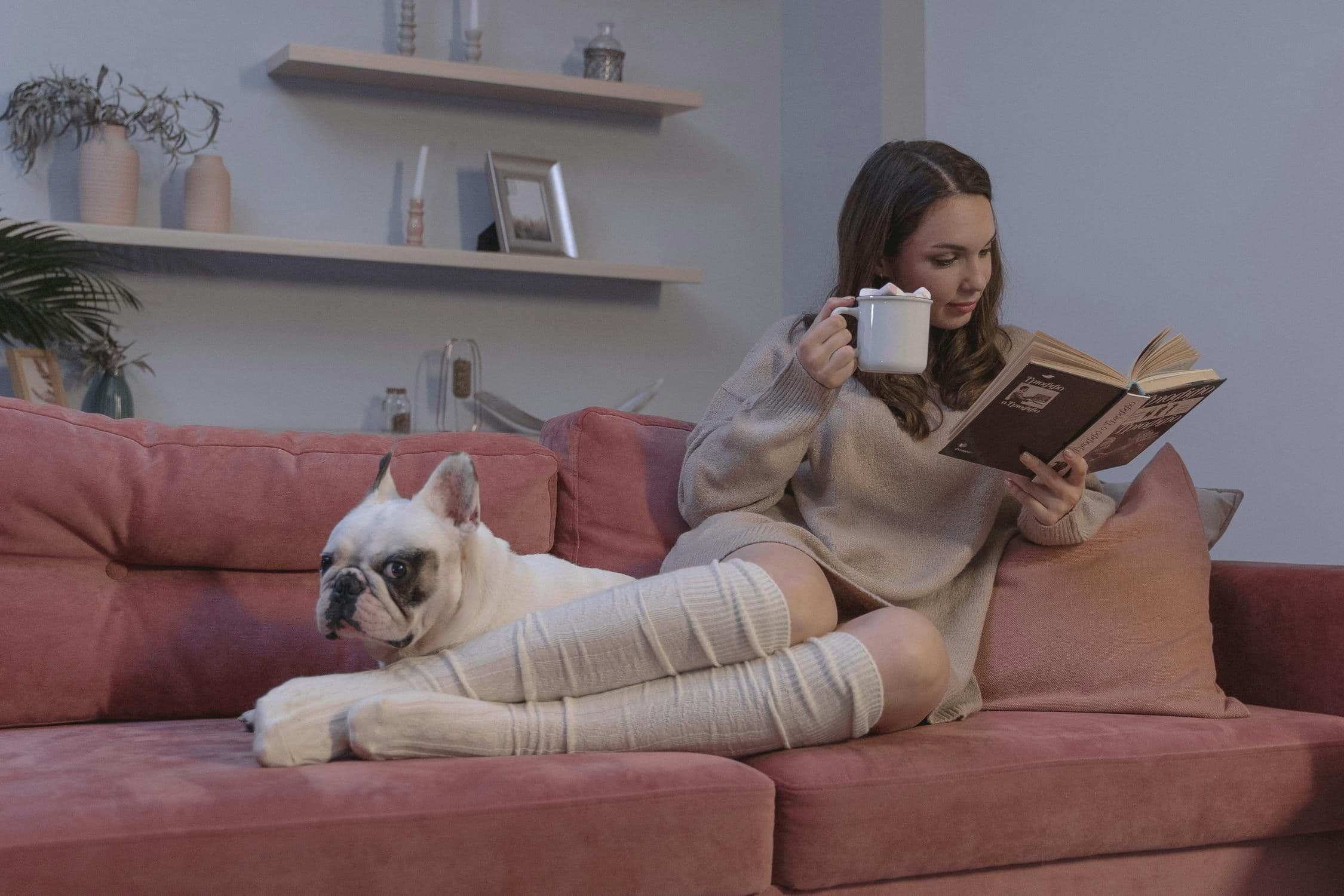Is Your Baby a Toe Walker?
Obie Editorial Team
When your baby finally takes his first steps, you will be ecstatic. It is really the moment when you finally realize that your little bundle of joy is actually a human being that will someday be making decisions and choices of his own based on his personal preferences. It sounds silly, but until that point, he was more like a fun doll because he was constantly immobile and virtually helpless. Those first steps mean a lot. They mean that you’ll need to baby proof the house, keep an eye on him when he makes his way outside, and sign him up for kindergarten in just a few years. Savor the moment when the first steps happen because they really are a major turning point in your baby’s transition from baby to child.
Once the excitement about those first steps settles, you should make sure your baby is developing his walking skills normally. If he is up and moving around by 17 months, he is already on the right track. If your baby is not showing any signs of walking by then, you should make sure his pediatrician is aware. However, even if your baby is walking at the proper time, you might still notice some irregularities. One common strange behavior that some new-walkers exhibit is walking on their toes. Experts say that some babies—girls in particular—walk on their toes in an effort to be expressively dainty. However, others might be walking on their toes because there is a problem. Unfortunately, persistent toe walking is often a sign of cerebral palsy. A particular type of cerebral palsy is called diplegia, and it affects only the bottom half of the body. Generally, babies that have diplegia were premature.
Luckily, cerebral palsy isn’t the only possible cause. Toe walking might also be a result of tight Achilles tendons. The Achilles tendon is the one that connects your calf to your heel. When it’s too tight, flattening the foot is not possible.
If your baby is walking on his or her toes, you shouldn’t automatically assume the worse, because it could be something completely harmless. However, it’s important that you let your baby’s pediatrician know right away in case it is a sign of developmental delay. Even if it is caused by a tight Achilles tendon, physical therapy or intervention might be required, so a doctor’s watchful eye is necessary for healing.
Source: David Pountney: Identifying and Managing Cerebral Palsy. British Journal of Neuroscience Nursing Volume 6 Issue 1 pp. 20-23 January 2010







